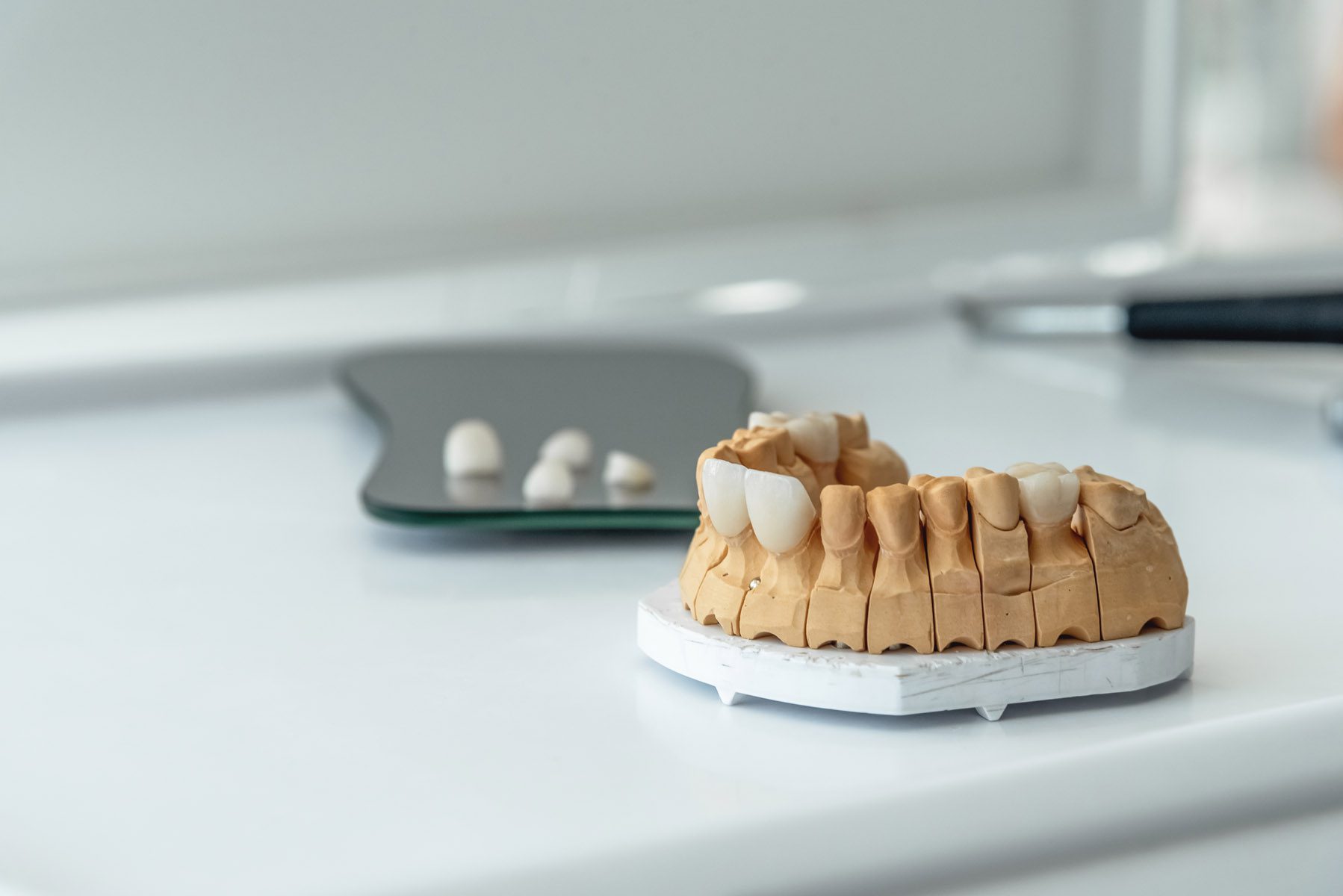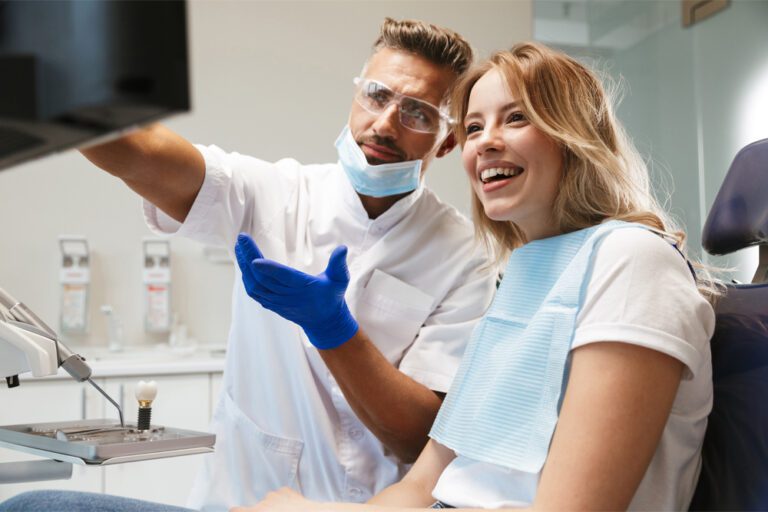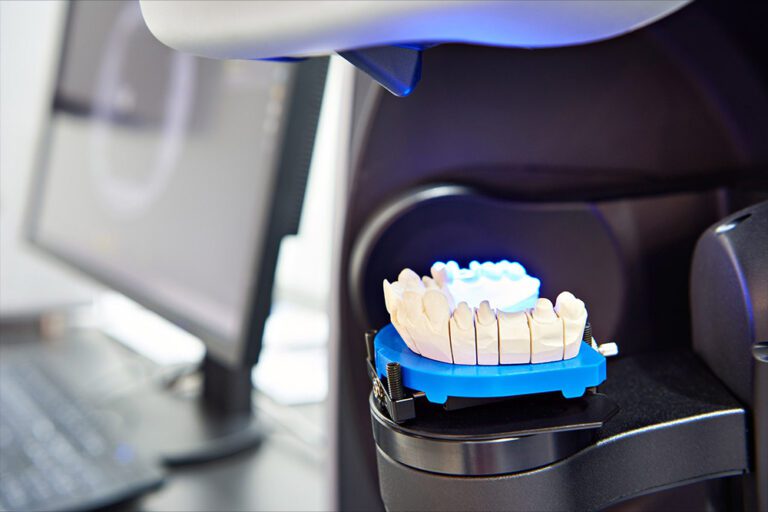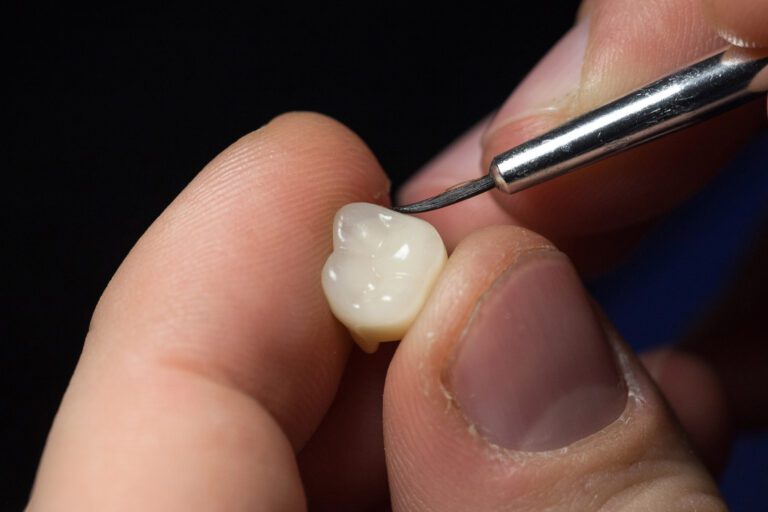One of the most frustrating things restorative dentists face is when either their screw retained implant crown or the abutment itself does not seat correctly in the mouth. This is usually due to an incomplete seating of the transfer post in the implant body itself or an incomplete seating of the transfer post/implant analog into the impression. To avoid this, there are some simple steps doctors can take to decrease the chances of the above happening:
1) Place the impression transfer post into and hand tighten it into the implant body. Do not use a torque driver at this time. Check for any rotation or movement of the transfer post by taking a hemostat and gently try to rotate the transfer post on the implant. If there is any movement at all, the transfer post is most likely not seated completely. Loosen the screw, lift the transfer post out of the implant and re-insert and check again.
2) Take a PA or bite wing radiograph of the transfer post placed into the implant to ensure that it is completely seated. Include this radiograph with the case for the Keating Technician to evaluate
3) Do not use a Triple Tray or Check-bite impression tray when taking an impression of the transfer post. More often than not, the transfer post will not allow the patient to bite down though the tray completely and there may not be enough impression material to securely support the transfer post in the impression.
4) Block out the screw hole with orthodontic or utility wax prior to taking the impression. Impression material that gets into this small hole can often times make complete seating of the transfer post back into the impression difficult
5) Using a material like Access Edge (Centrix) or Expasyl (Kerr), both hemostatic kaolin clay pastes that are injected into the sulcus around the transfer post, is an excellent and non-traumatic way to push the tissue away from the transfer post and provide hemostasis. This material sits in the sulcus for 3 minutes and is then rinsed thoroughly prior to talking the impression.
6) Be sure to completely surround the impression post with impression material to provide excellent support and stability for the transfer post once it is inserted back into the impression.
6) Do not place the transfer post back into the impression, but be sure to include it with the case when you send it to the lab. At Keating, our specially trained technician utilizes a microscope to ensure complete seating of the transfer post into the impression
7) Do not reuse an implant analog that was used in another case. They can distort when they are removed from the stone model.
8) Do call if you have any concerns or questions. Keating has an implant specialist that can walk you through a case or answer any questions you may have
You might want to watch: The Prominence Of Technical Advisors in Dental Labs











